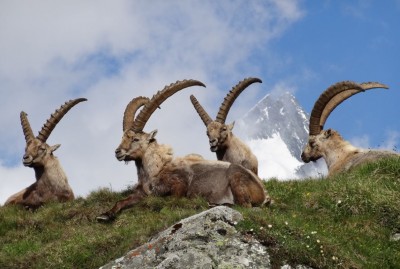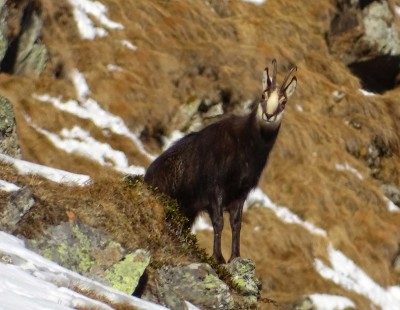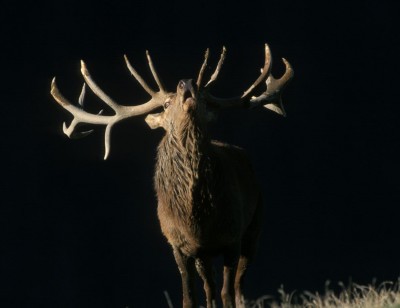Monitoring of cloven-hoofed game
Spatial behaviour
Exploring habitat uses as the key to protecting and understanding species
The Alpine ibex has been in the spotlight of cross-border cloven-hoofed game research. Resettling in the Hohe Tauern from 1960 onwards, the animal's spatial behaviour is being studied, since climate change is expected to cause long-term changes to the vegetation, which will also affect the habitat behaviour of animals.
It is against the backdrop of this long-term scientific monitoring project, that further state-specific projects on the spatial behaviour of red deer and chamois are being undertaken, where animals are being marked or fitted with transmitters. Veterinary medical examinations are conducted on all three species of cloven-hoofed game for the purposes of health monitoring and storage of DNA samples for genetic testing.
Should you spot any marked animals during your hike in the protected area, the Hohe Tauern National Park would be pleased to hear from you. Thanks for your cooperation!



